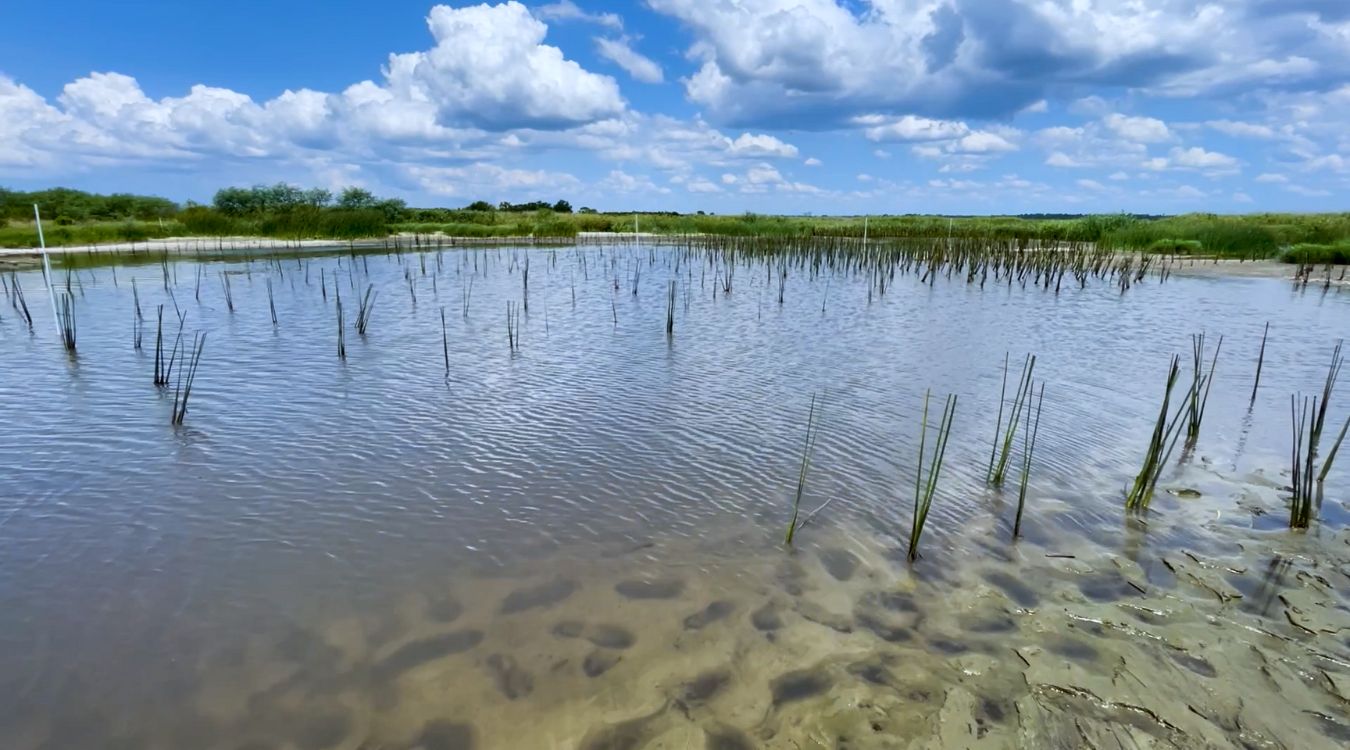The Mystery Of Louisiana’s Vanishing River Deltas

Have you ever wondered why Louisiana's river deltas are disappearing? These unique landscapes, formed by sediment deposits from the Mississippi River, are shrinking at an alarming rate. Coastal erosion, rising sea levels, and human activities like dam construction and oil drilling contribute to this loss. The Mississippi River Delta alone loses a football field's worth of land every hour. This not only affects wildlife but also the communities relying on these areas for their livelihoods. Understanding the causes behind this phenomenon can help us find solutions to protect these vital ecosystems. Let's dive into the reasons behind Louisiana's vanishing river deltas.
The Enigma of Louisiana's Disappearing River Deltas
Louisiana's river deltas are vanishing at an alarming rate. These unique landscapes, once teeming with life, are now shrinking. Let's explore some of the most affected areas and understand why this is happening.
1. Mississippi River Delta
The Mississippi River Delta is one of the most significant deltas in the United States. It has been losing land rapidly due to a combination of natural and human factors.
- Erosion: Strong currents and waves erode the delta's edges.
- Subsidence: The land is sinking because of natural geological processes.
- Sea Level Rise: Rising sea levels due to climate change are submerging parts of the delta.
- Human Activity: Levees and dams prevent sediment from replenishing the delta.
2. Atchafalaya River Delta
The Atchafalaya River Delta is another critical area facing similar challenges. This delta is slightly different because it is still growing in some parts, but it is not immune to the threats.
- Sediment Diversion: Efforts to divert sediment to this delta have had mixed results.
- Oil and Gas Extraction: Drilling activities have caused subsidence and increased erosion.
- Invasive Species: Non-native plants and animals disrupt the ecosystem, making it more vulnerable.
3. Terrebonne Basin
The Terrebonne Basin is experiencing one of the highest rates of land loss in Louisiana. This area is crucial for its rich biodiversity and cultural heritage.
- Marsh Degradation: The marshes are breaking down due to saltwater intrusion.
- Hurricanes: Frequent storms cause significant damage to the landscape.
- Canal Construction: Canals built for navigation and oil extraction have fragmented the wetlands.
4. Barataria Basin
The Barataria Basin is another delta suffering from rapid land loss. This area is known for its beautiful wetlands and diverse wildlife.
- Levee Systems: Levees prevent natural flooding, which is essential for sediment deposition.
- Nutrient Pollution: Runoff from agriculture leads to nutrient overload, harming aquatic life.
- Climate Change: Increased temperatures and changing weather patterns exacerbate the problems.
5. Plaquemines Parish
Plaquemines Parish, located at the mouth of the Mississippi River, is a critical area for both the environment and local communities.
- Flooding: Frequent flooding threatens homes and infrastructure.
- Saltwater Intrusion: Saltwater is encroaching into freshwater areas, killing plants and animals.
- Land Subsidence: The ground is sinking faster than in other areas, making it more prone to flooding.
6. St. Bernard Parish
St. Bernard Parish has a rich history and is home to many fishing communities. However, it is also facing severe land loss.
- Wetland Loss: Wetlands are disappearing, affecting local fisheries.
- Storm Surges: Hurricanes and storms cause massive surges, eroding the land.
- Industrial Impact: Industrial activities have led to pollution and habitat destruction.
7. Lafourche Parish
Lafourche Parish is known for its vibrant culture and natural beauty. Yet, it is not spared from the issues plaguing other deltas.
- Coastal Erosion: The coastline is eroding at an alarming rate.
- Oil Spills: Spills from oil extraction activities have long-lasting effects on the environment.
- Habitat Loss: As the land disappears, so do the habitats for many species.
8. Vermilion Bay
Vermilion Bay is a vital area for both wildlife and local economies. However, it is also experiencing significant changes.
- Sediment Reduction: Less sediment is reaching the bay due to upstream dams.
- Water Quality: Pollution from agricultural runoff affects water quality.
- Sea Level Rise: Rising sea levels are submerging parts of the bay.
9. Sabine River Delta
The Sabine River Delta, located on the border between Louisiana and Texas, is another area of concern.
- Hydrological Changes: Changes in water flow patterns affect sediment distribution.
- Invasive Species: Non-native species disrupt the local ecosystem.
- Industrial Development: Industrial activities have led to habitat destruction and pollution.
10. Calcasieu River Delta
The Calcasieu River Delta is crucial for its unique ecosystems and local communities. However, it faces many challenges.
- Erosion: Strong currents and waves erode the delta's edges.
- Pollution: Industrial and agricultural runoff pollutes the water.
- Habitat Fragmentation: Development activities fragment habitats, making it harder for species to thrive.
The Future of Louisiana's River Deltas
Louisiana's vanishing river deltas are a pressing issue. These areas are crucial for wildlife habitats, flood protection, and the local economy. Erosion, rising sea levels, and human activities are accelerating their disappearance. Immediate action is needed to preserve these vital ecosystems. Restoration projects, sustainable practices, and community involvement can make a difference. Protecting these deltas isn't just about saving land; it's about preserving a way of life. Future generations depend on the steps we take today. By understanding the causes and working together, we can help slow down or even reverse some of the damage. The fight to save Louisiana's river deltas is ongoing, but with dedication and effort, there's hope for a more stable and sustainable future.

